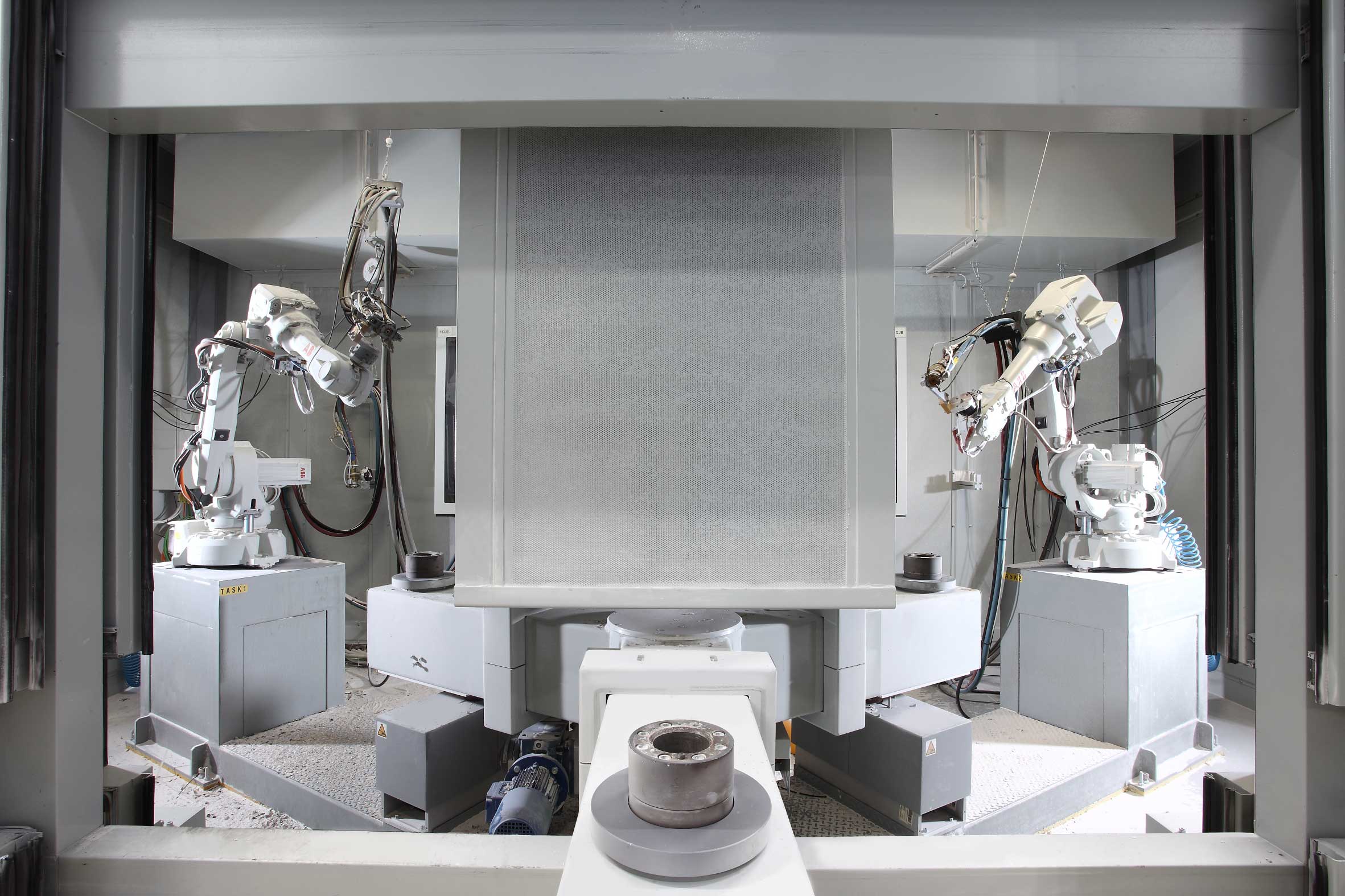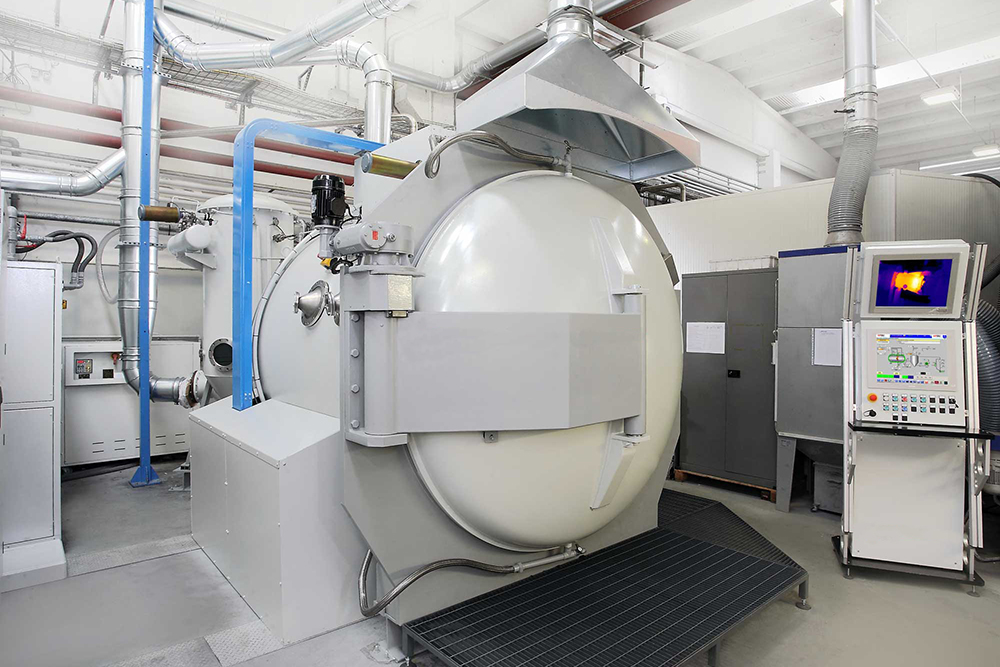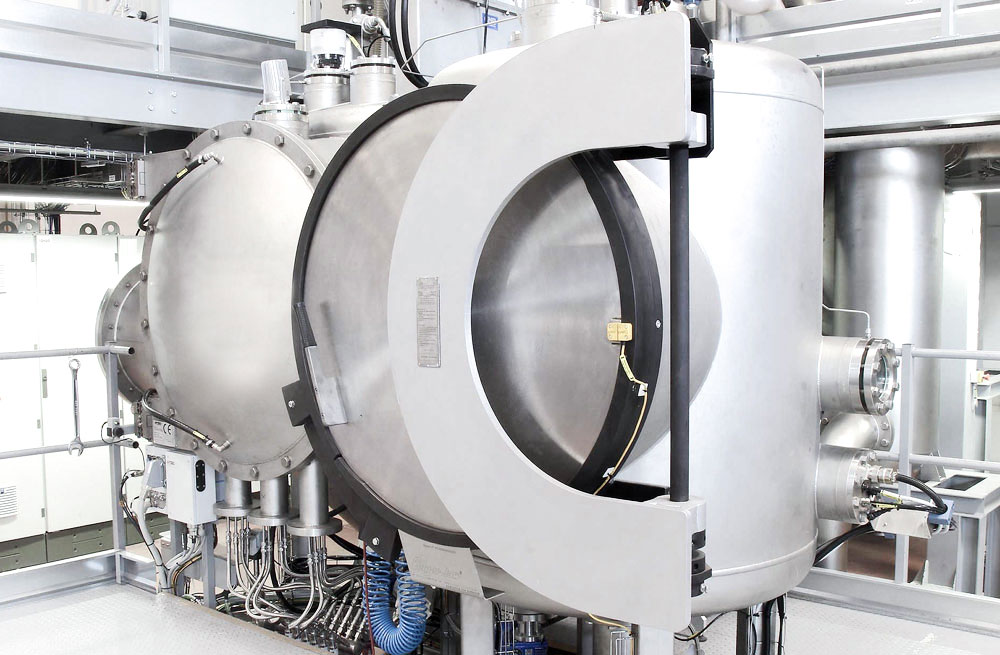/ Plasma Spray
In the plasma spraying process, the material to be deposited (feedstock) — typically as a powder, sometimes as a liquid, suspension or wire — is introduced into the plasma jet, emanating from a plasma torch. In the jet, where the temperature is about of 10,000-K, the material is melted and propelled towards the component’s surface. There, the molten droplets flatten, rapidly solidify and form a deposit. Commonly, the deposits remain adherent to the substrate as coatings. The plasma spraying process is used for wearing and corrosion protection, thermal insulation, repairing and restoring in several industrial sectors, using a wide range of materials: metal alloys, carbides, blends, cermets, abradables and oxide ceramics
The high temperature of a plasma jet makes it particularly suitable for spraying coatings of refractory metals and ceramics, including ZrO2, B4C and tungsten.
Plasma spraying is a cutting-edge technology and produces a high-end coating-dense, oxide-free, and very pure.
Common Applications of Plasma Coatings are combustion chambers; blades and vanes and hip ladles




